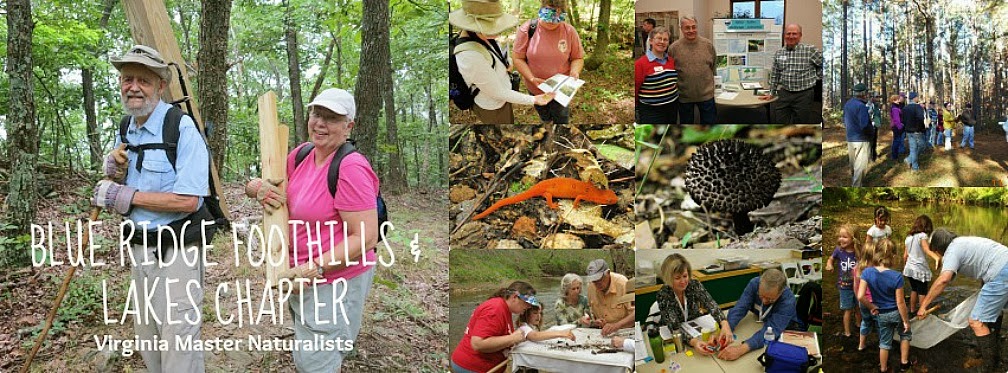Virginia history was made when a small herd of elk was released on May 18, 2012, in Buchanan County, by the Virginia Department of Game and Inland Fisheries with assistance from the Rocky Mountain Elk Foundation.
 |
| photo courtesy of VDGIF |
Mark Taylor Outdoor Editor for the Roanoke Times shared the day in the following article:
For more information on elk restoration in Virginia:
- Elk Restoration and Management Options for Southwest Virginia (PDF) »
- Elk Restoration Operational Plan (PDF) »
Since the 1990's, public interest to restore elk in Virginia has increased. In response to this public interest and neighboring states which have undertaken elk restoration programs, the Board of Game and Inland Fisheries directed the Executive Director of the Department of Game and Inland Fisheries (DGIF) to create an operational plan for elk restoration and management in Virginia. This plan addresses the potential for elk restoration and management in Virginia through consideration of biological, sociological, economic, and environmental issues.
Elk were historically found throughout eastern North America, including Virginia. However, factors such as habitat loss and unregulated hunting caused elk to become extirpated within eastern North America by the late 1800s. Attempts at elk restoration in eastern states during the early to mid-1900's often failed due to a lack of suitable habitat and knowledge of elk ecology. Of the 10 eastern states attempting elk restoration during this time, only Pennsylvania and Michigan were able to maintain elk populations. In 1916, the newly-created Virginia Game Commission authorized the importation and release of elk in 11 counties in Virginia, but most releases quickly failed. By 1926, only 2 small elk herds remained: one in the mountains of Giles and Bland counties and one in Botetourt County near Buchanan. Elk hunting seasons were held irregularly from 1922 - 1960, but by 1970, elk once again were gone from Virginia. Factors such as disease, unsustainable harvest levels, removal of crop-depredating elk, and isolation of small, unsustainable herds on limited ranges contributed to the elk's demise. Currently, an unknown number of elk occur in Virginia having moved in to the state following their release in Kentucky during the late 1990's. Initial attempts to capture and return elk to Kentucky proved impractical so an elk hunting season was approved to keep elk from becoming established in Virginia.
Restoring and maintaining elk populations provides ecological, social, and economic benefits. Hunting and wildlife viewing annually generate millions of dollars to local and state economies. In Virginia, hunting and wildlife viewing activities were estimated to have had a $1.4 billion impact on Virginia's economy during 2006. Further, elk may play a significant role in maintaining early successional habitat conditions which have been in decline over the past several decades. Elk generate some concerns due to the potential for damage, nuisance behavior, and disease transmission. Agricultural damage may be related to foraging and trampling of crops, destruction of fences, and competition for hay or pasturage. Other types of damage or nuisance activity include browsing or antler rubbing on timber resources, vehicle collisions, residential damage and habituation to humans. Important wildlife and livestock diseases may be carried and transmitted by elk including Chronic Wasting Disease, Brucellosis, and Bovine Tuberculosis, necessitating careful disease testing and monitoring during restoration efforts... Read the rest of this article here on the VDGIF website here.
Learn more about the Virginia Master Naturalist Program here.

No comments:
Post a Comment
Thanks for your comment and interest! NOW GO OUTSIDE!